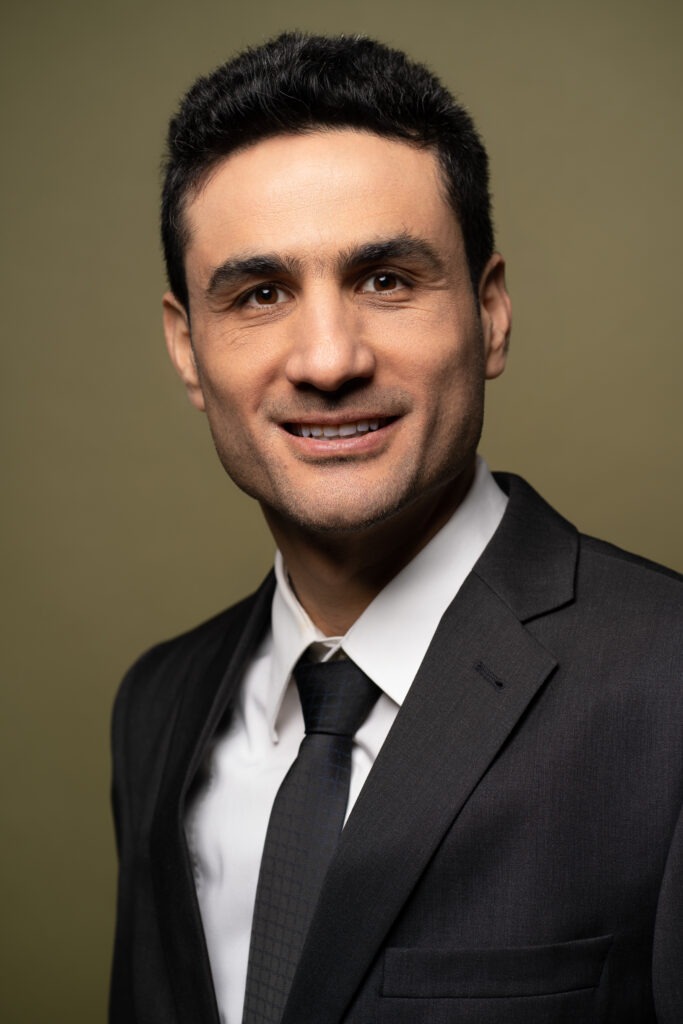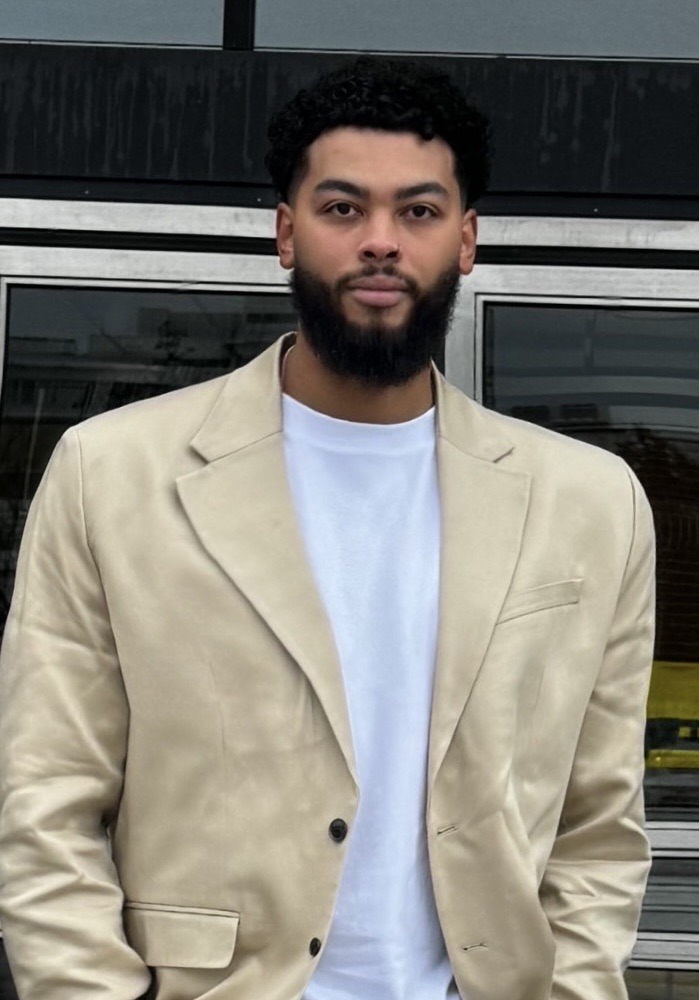Meet the SPIRIT Partners: a combined interview with Ericsson’s Ali El Essaili and Nick Turay.

Ali El Essaili
joined Ericsson in 2014 and currently serves as a Master Researcher at Ericsson Research. His current focus is on XR and enabling immersive media applications on 5G. He holds a Ph.D. in Electrical Engineering from Munich University of Technology in Germany.

Nick Turay
is currently working at Ericsson Research, where he is investigating XR topics with a focus on coding and streaming technology after he completed his Master thesis at TU Berlin in 2021 in collaboration with Ericsson. During his working student activity at Fraunhofer HHI, he received the “Best Paper Award” alongside colleagues and co-authors at the IEEE 90th Vehicular Technology Conference 2019 in Honolulu, USA.
Q: Who is Ericsson, who are the people involved in SPIRIT, and what is the role of Ericsson in SPIRIT?
Ericsson enables communications service providers to capture the full value of connectivity. The company’s portfolio spans Networks, Digital Services, Managed Services, and Emerging Business and is designed to help our customers go digital, increase efficiency, and find new revenue streams.
Ericsson leads the work related to carrying the platform innovations across the application, network, transport and security layers. This entails the coordination of the work of the different SPIRIT partners who have developed their innovations and leverage common platform enablers.
The goal is to integrate the application platforms into 5G testbeds to evaluate different use-cases. As part of the SPIRIT Open Calls, the Ericsson team supports the integration of third-party innovations into the SPIRIT platform to further shape the future of immersive telepresence.
Q: Why are you participating in a Horizon Europe Innovation Action? What are the specific challenges that motivated you to join this project?
We aim to spread the adoption of immersive communication use-cases and gather user feedback on experience and the willingness to use these technologies. The eXtended Reality (XR) market is growing and it will have big impact on our networks.
Q: Which specific technical goals and work will Ericsson contribute to?
The objective is to develop and integrate holographic communication solutions on today’s 5G networks. Ericsson provides an end-to-end application platform that supports XR applications such as real-time holographic communication on 5G. A sender and a receiver application are the main software components of the platform to stream immersive telepresence content in the form of real-time captured 3D representations of people.
Within SPIRIT, Ericsson’s goal is to extend and customise the capabilities of the XR platform, e.g. for real-time holographic communication applications, to enhance the experience of immersive telepresence at scale. We truly believe that the collaboration with our experienced SPIRIT partners and third parties joining us during the Open Call events is perfectly suited to achieve this goal.
Q: At the end of its lifetime, what do you think SPIRIT’s contribution to the European XR environment will be?
A: Through Open Calls to third parties, we will learn a lot from early adopters of different use-cases in different verticals such as in healthcare and education. The open call is an opportunity to further develop our applications for an enterprise use-case with partners.
